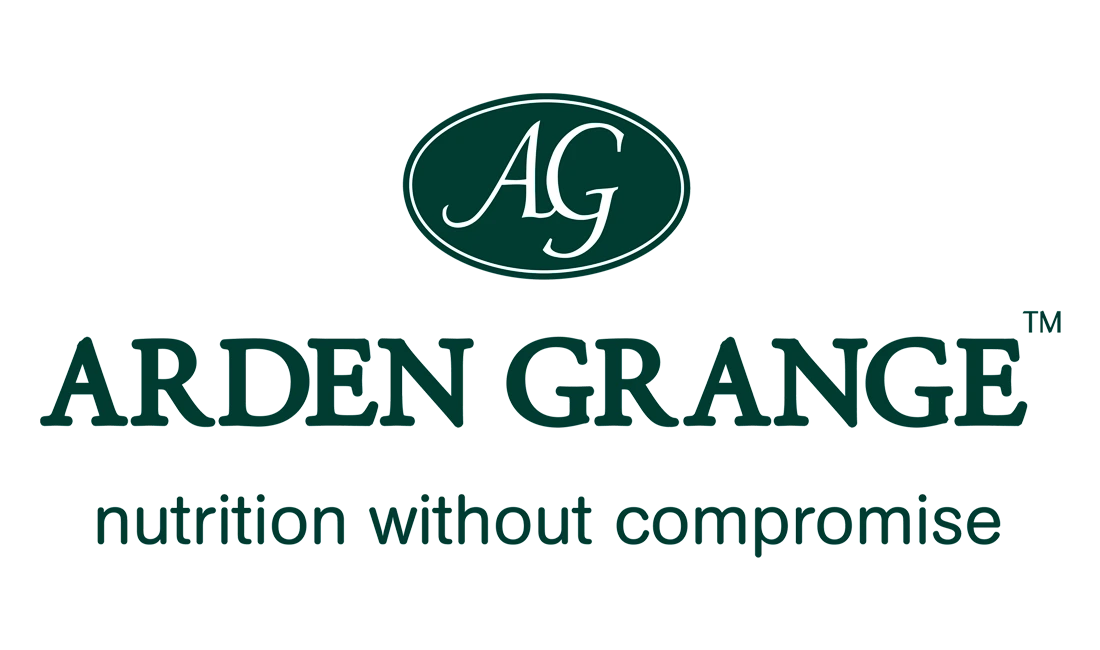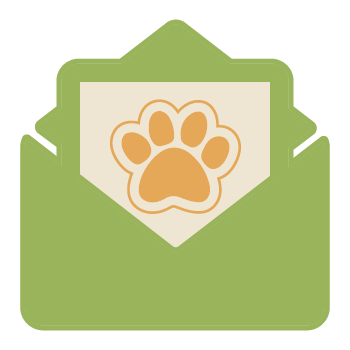10 calming tips for anxious dogs
How do you think your dog would cope competing in the Crufts ring, surrounded by so many people, unusual smells and sounds? Remember, by the time a dog has got to Crufts it had competed many times throughout the year, all over the country. As well as being much loved pets, these dogs are highly trained, socialised and used to being handled. And importantly they thoroughly enjoy the experience!
Just like us humans, no two dogs are the same. They all have different temperaments, likes and dislikes. But, are you concerned your dog is more nervous than most? Certain behaviours such as, hiding, vocalising more than usual, a reluctance to indulge in normal activities could all indicate your dog is suffering from anxiety.
Here are our 10 calming tips especially for anxious dogs:
1. Confirm anxiety
Behaviours associated with anxiety can also be symptomatic of underlying medical conditions such as allergic skin disease (over-grooming) or urinary tract disorders (inappropriate urination). Visit the vet to make sure your dog is not physically unwell or in pain.
2. Establish the cause
Look at all the possible reasons why your dog may be feeling anxious such as changes to your home and family situation. Separation anxiety is the most common specific anxiety affecting dogs. It is possible that a particular event that has frightened your dog. This may have developed into an excessive fear or phobia which can be set off by associated triggers such as loud noises. Consider all these things as establishing the cause is the best place to start when trying to minimise stress.
3. Nutrition and behaviour
Diet can affect canine behaviour. If you have changed your dog from a diet it was previously thriving on, consider changing back. A diet with a different nutrient balance can alter blood sugar, serotonin levels and rate of energy release. Reduce the risk of an adverse response to food ingredients by making any future diet changes gradually or by feeding a naturally hypoallergenic diet free from artificial colours, flavours and preservatives.
4. Pheromone therapy
Available as sprays, infused collars and diffusers – these are safe ways to make your dog feel calm by mimicking the natural comforting pheromones that a dam releases to reassure her puppies. Although effective, they do not negate the need to establish the cause.
5. Behavioural modification
A professional behaviourist may be able to advise on techniques which you can employ, along with simple training methods, to help your dog’s individual issues. De-sensitisation and counter conditioning for example can be effective in dogs beginning to display symptoms of anxiety. Remember never to punish anxious behaviour.
6. Separation anxiety
Walking, grooming and playing appropriate games are a great way to bond but don’t focus your attention on your dog too much or they may become fixated on you. Try leaving your dog for short periods and ignoring him/her on your departure and arrival. Ensure your dog has a comfortable home and safe toys such as a stuffed Kong toy. Encourage other family members to strengthen their bond by feeding, grooming or walking your dog.
7. Medication
Prescription medication can be very beneficial and effective when used under your vet’s guidance. There can however be some side effects and they may not be suitable if your dog has other medical conditions. Drugs should be used in conjunction with, not instead of behavioural therapy.
8. Natural remedies
These are short acting and may not be suitable if a dog has another medical condition or is taking medication. Some owners have reported reasonable success natural or flower-based remedies. You could also try calming accessories such as Thunder Shirts. Check with your vet first!
9. Minimise stress
Ensure your dog is calm in anticipation of known triggers. Keep your dog indoors and switch the pheromones on ahead of time during loud storms or fireworks night. If your dog has never settled well at a kennels, consider a pet sitting service.
10. Keep calm
Dogs are sensitive creatures and can pick up on how you are feeling. Try to ignore unacceptable behaviour as the attention can be a reward. Try instead to pre-empt your dog’s responses and distract him with a new game or toy. Never punish your dog! This will not work an only increase levels of fear and mistrust in you which can cause or worsen aggression.
Remember a calm dog is a happy one. Read the full version of this article here.


 Puppy
Puppy
 Adult
Adult
 Senior
Senior
 Sensitive
Sensitive
 Treats
Treats Kitten
Kitten
 Adult
Adult
 Senior
Senior
 Trusted British Brand
Trusted British Brand

